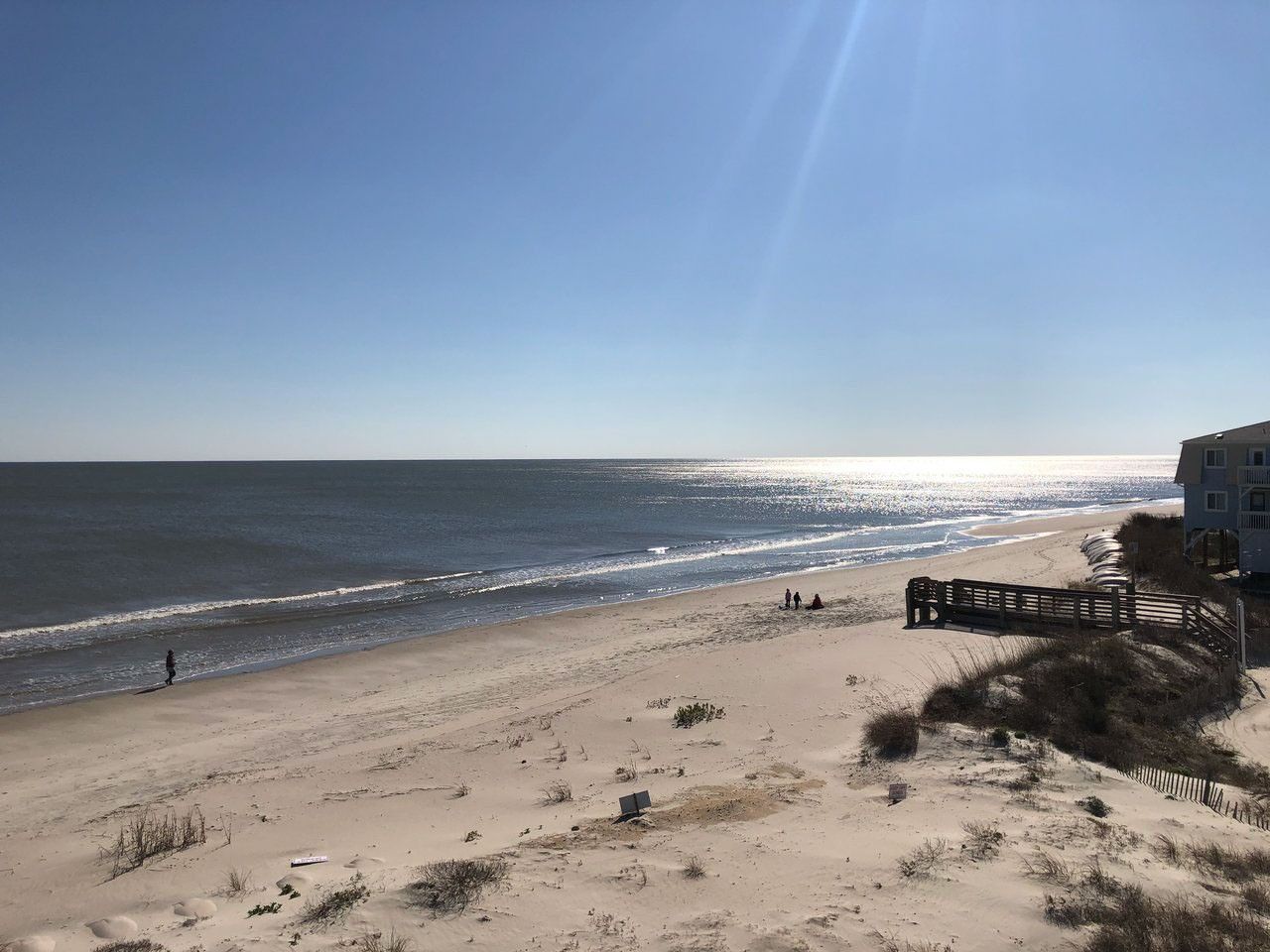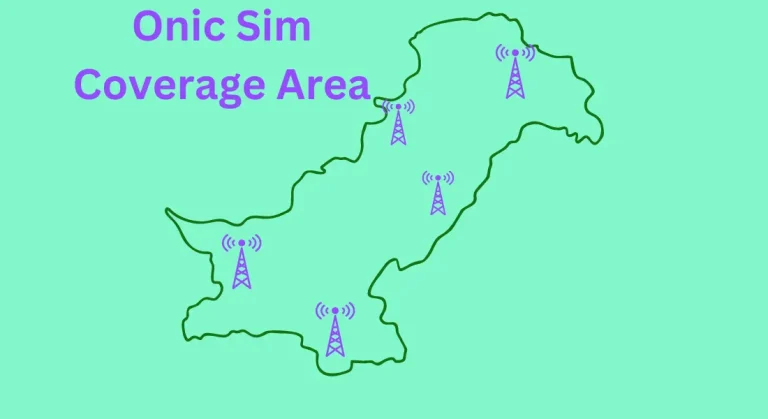Key Considerations for Life on the Coast
Understanding the Coastal Lifestyle
Living on the coast presents a unique blend of natural beauty, recreational opportunities, and economic potential. From sunrises over the Atlantic to sunsets along the Gulf, coastal regions offer a distinct rhythm of life that draws both long-term residents and seasonal visitors. While the appeal is obvious—beaches, ocean views, fresh seafood, and a more relaxed atmosphere—coastal living also requires a heightened awareness of environmental and logistical factors. Whether relocating for professional reasons or expanding a business to coastal markets, understanding the nuances of daily life near the shoreline is essential to long-term satisfaction and sustainability.
Coastal communities often develop with tourism, maritime industries, and hospitality at their core. This means that local economies can be highly seasonal, with peak activity in spring and summer and a notable slowdown during the off-season. Professionals who work in or around coastal markets need to plan for this natural fluctuation in demand. Additionally, infrastructure may reflect the community’s transient nature—roads, utilities, and services are often tailored to accommodate surges in population during certain times of the year, which can strain resources during peak months. Understanding these cyclical dynamics is essential for adapting business strategies, managing real estate investments, or planning long-term residency.
Environmental Factors and Resilience
One of the most important aspects of coastal living is environmental awareness. Coastal areas are vulnerable to natural challenges that can disrupt life and business, including hurricanes, flooding, erosion, and saltwater corrosion. These issues demand proactive planning and investment in durable materials, resilient infrastructure, and comprehensive insurance coverage. For residents, it means selecting properties with appropriate elevation, considering flood zone designations, and investing in storm-resistant building features like impact windows and reinforced roofing.
From a broader perspective, communities along the coast often prioritize sustainable development and environmental stewardship. Local governments and organizations frequently implement regulations to preserve dunes, protect marine life, and maintain water quality. Adhering to these policies is not only a legal obligation but also a civic responsibility for maintaining the long-term health of these unique ecosystems. For professionals considering development or commercial ventures, understanding environmental impact assessments and local permitting requirements is crucial for compliance and community support.
Community, Culture, and Connectivity
Life on the coast is often defined by a strong sense of place and community. Local culture tends to be shaped by a mix of maritime traditions, outdoor lifestyles, and tourism influences. Residents may find that community events, farmers markets, and beachfront festivals serve as central hubs for connection. For newcomers, integrating into the social fabric can be as important as any logistical planning. Engaging with local organizations or business associations can provide insight into community values and offer important networking opportunities.
One common misconception about coastal living is that it’s isolated or lacking in modern infrastructure. In reality, many coastal cities have developed robust digital connectivity and transportation networks to serve both locals and seasonal visitors. However, depending on the exact location, there may still be variations in accessibility to healthcare, higher education, or specialized services. Understanding the availability of these resources—and any trade-offs required—helps set realistic expectations.
Awareness and Safety on the Road
Given that coastal towns often serve as popular destinations, roadways can become congested, especially during holidays and tourist seasons. Visitors unfamiliar with local traffic patterns and high-speed coastal highways may increase the risk of collisions. Residents should be extra cautious, particularly in areas where pedestrian traffic is high and speed limits may fluctuate.
In the unfortunate event of an accident, knowing where to find legal support is key. Those living near Florida’s Gulf Coast, for example, can access professional guidance through resources like https://florinroebig.com/car-accidents/florida/palm-harbor/. These resources provide information about personal injury claims, fault, and compensation in the event of a serious incident. Being aware of legal options is part of responsible living, especially in areas with high seasonal traffic.
Long-Term Planning and Quality of Life
Coastal living offers considerable benefits, from improved mental health due to proximity to nature, to recreational activities like boating, fishing, and hiking. However, ensuring long-term success in this lifestyle means planning with resilience in mind. Whether managing seasonal business shifts, preparing for weather-related challenges, or simply integrating into a tight-knit community, life on the coast requires adaptability and a proactive mindset.
Those who thrive in coastal environments are often those who embrace its opportunities while acknowledging its risks. With the right preparation, coastal life can offer a high quality of living and strong professional potential, all set against the backdrop of one of nature’s most inspiring landscapes.







